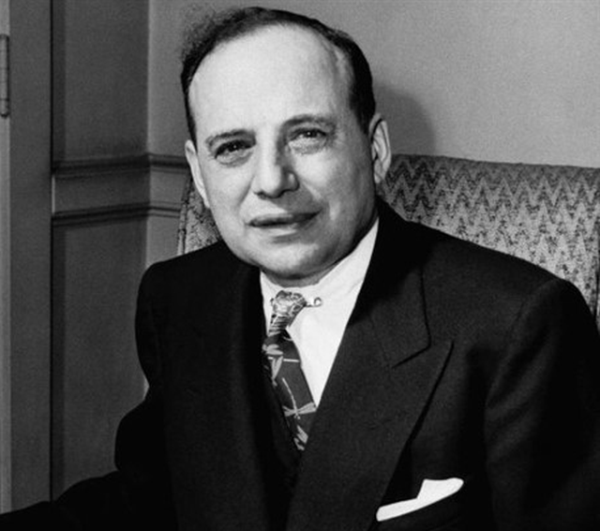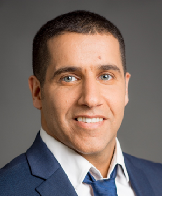by Shai Angel
There are several lists of the world’s wonders, and the phrase “Seven Wonders of the World” originally applied to a collection of outstanding structures from the ancient Near East and Mediterranean regions. However, it’s crucial to remember that several of these historic buildings have long since been demolished, and the title “Seven Wonders” has been attached to a number of different lists over the years. In the twenty-first century, there have also been initiatives to discover and honor new wonders. One such initiative is the “New Seven Wonders of the World,” a list that was established by a worldwide survey carried out by the New7Wonders Foundation. This updated list consists of:
- The great wall of Chaina
- Petra (Jordan)
- Christ the Redeemer (Brazil)
- Machu Picchu (Peru)
- Chichen Itza (Mexico)
- The Roman Colosseum (Italy)
- The Taj Mahal (India)
However, throughout the past century, there has been another marvel established by Benjamin Graham, the “father of value investing,” and skillfully highlighted by his excellent student and most likely the greatest investor of all time, Mr. Warren Buffet. This marvel is known as “COMPUNDING.”
Will you offer us a hand? Every gift, regardless of size, fuels our future.
Your critical contribution enables us to maintain our independence from shareholders or wealthy owners, allowing us to keep up reporting without bias. It means we can continue to make Jewish Business News available to everyone.
You can support us for as little as $1 via PayPal at office@jewishbusinessnews.com.
Thank you.
What does it mean, then? Why is compounding such a key concept in the investing world? In finance, compounding is when an investment’s value rises when interest or returns are earned on both the principal—the original amount of money—and the cumulative earnings from earlier periods. Stated differently, it’s the process of earning interest on the initial investment and the interest that has already been accrued.
There are two main types of compounding, simple compounding, and compound compounding. Both simple compounding and compound compounding involve earning interest on interest, but they differ in how they calculate that interest. Here’s a breakdown:
Simple compounding – Interest is earned only on the initial principal amount, not on any previously accumulated interest. Imagine stacking apples, one on top of the other. Each added apple represents the interest earned, but only the bottom apple (principal) contributes to further interest calculations.
Compound compounding – Interest is earned on both the principal amount and on any previously accumulated interest in each period. This leads to an accelerated growth over time. Think of planting an apple seed and letting it grow into a tree. Each year, the tree produces new apples (interest on principal), but those new apples also bear their own fruit (interest on interest).
There are two major key differences:
Growth rate – Compound compounding leads to a significantly faster growth rate compared to simple compounding. The longer the time horizon, the more pronounced this difference becomes.
Applications – Simple compounding is rarely used in real-world financial applications. Compound compounding is commonly used in investments, loans, and annuities due to its significant wealth-building potential.
Lets take a look at this example in order to illustrate the difference between the two.
Investment with 10% annual return
Simple compounding – after 10 years: $10,000 principal will grow to $20,000.
Compound compounding with annual compounding: $10,000 will grow to $25,937.42.
Compound compounding with monthly compounding: $10,000 will grow to $26,150.30.
Remember, the more frequently the compounding (e.g., monthly vs. yearly), the faster your money will grow.
Perhaps a long-term investor who is willing to assume some risk on his investment will select the compound compounding strategy, or perhaps an investor who wishes to invest for the short term with no risk or very little risk will pick the road of simple compounding. Furthermore, it is far more advantageous for young investors who begin investing at a young age to take the compound compounding route because, as previously mentioned, time is the greatest tool of all. If you start out early and have patience, compound compounding can work wonders for your investment.
One of the main reasons that starting investments early and letting them develop over a longer period of time can result in large wealth accumulation is the compounding effect, which has the power to enhance an investment’s value over time. The “eighth wonder of the world” moniker is given to compound interest because of its potent ability to increase wealth.
CPA Shai Angel, earned a master’s degree in law, a bachelor’s degree in accounting and economics, and a certificate in director training. He has held senior financial positions in well-known businesses. In his years of working in the financial industry, he was inspired by some of the biggest investors, such as Warren Buffett, Peter Lynch, Monish Fabray, and applied their investment strategies. (Shai Angel Linkedin)





